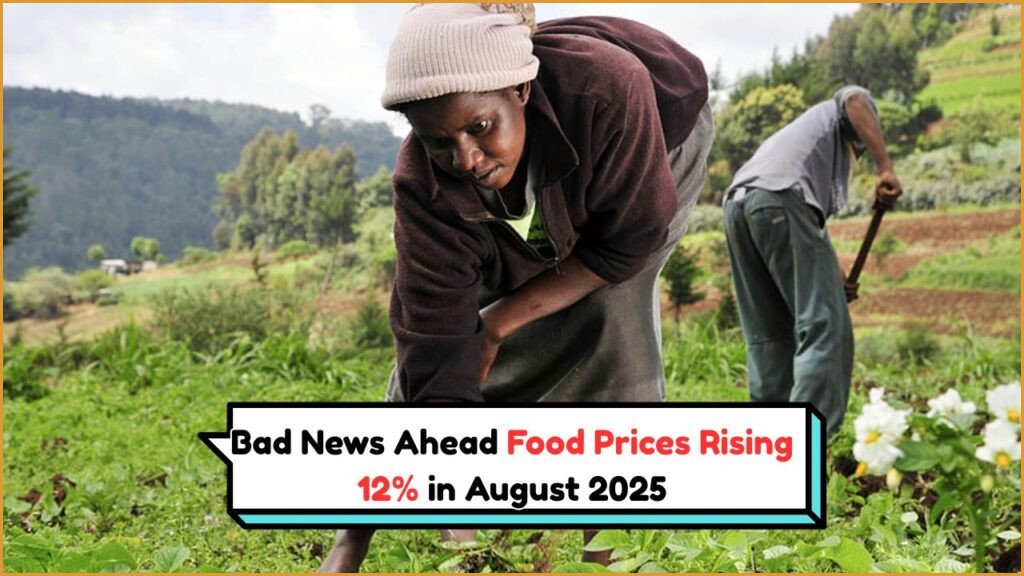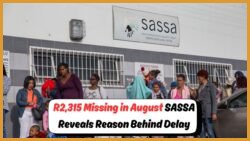August 2025 Shock: South Africans Face 12% Surge in Food Costs: As South Africa ushers in the month of August 2025, citizens are grappling with an unwelcome surprise—a steep 12% increase in the cost of food. This sharp rise is weighing heavily on household budgets, forcing many to re-evaluate their spending on essential items. The increase comes as a result of various factors, including global supply chain disruptions, fluctuating exchange rates, and local agricultural challenges. South Africans, already burdened by economic uncertainties, are now finding themselves spending thousands more on basic necessities compared to previous months. This situation is sparking widespread concern as families strive to make ends meet in an increasingly challenging economic environment.

Impact of the 12% Food Cost Surge on South African Families
The August 2025 hike in food prices has left many South African families scrambling to adjust their monthly budgets. With a 12% surge, the cost of staples such as maize, bread, and vegetables has skyrocketed, impacting not only low-income households but also the middle class. Families are now forced to make difficult choices, prioritizing essential food items over other important needs such as education and healthcare. This price surge is exacerbating existing economic disparities, as those with limited resources bear the brunt of the financial strain. Moreover, the increase in food prices is likely to have a ripple effect on other sectors, potentially leading to inflationary pressures in the broader economy. As households tighten their belts, businesses may also feel the pinch, with reduced consumer spending affecting sales and profitability.
 SASSA Grant Increase for August Unveiled – Discover the Full List of New Amounts and Dates
SASSA Grant Increase for August Unveiled – Discover the Full List of New Amounts and Dates
Underlying Causes of Rising Food Costs in August 2025
The 12% increase in food costs across South Africa in August 2025 can be attributed to a confluence of factors. One significant contributor is the ongoing disruption in global supply chains, a lingering effect of the COVID-19 pandemic, which has led to logistic challenges and increased shipping costs. Additionally, climate change has played a role, with erratic weather patterns affecting crop yields and driving up prices. Locally, the depreciation of the South African rand against major currencies has made imported goods more expensive, further contributing to the rise in costs. These economic dynamics are compounded by structural issues within the agricultural sector, such as limited access to technology and resources for small-scale farmers, which hinder productivity and lead to higher prices for consumers.
Strategies for South Africans to Cope with Increased Food Prices
In light of the August 2025 food price surge, South Africans are exploring various strategies to manage their grocery bills. Many are turning to bulk buying and shopping at wholesale stores to take advantage of lower prices. Additionally, there’s a growing trend towards community-supported agriculture, where consumers purchase shares in local farms in exchange for a portion of the harvest. This not only provides access to fresh produce at more stable prices but also supports local farmers. Budgeting and meal planning have become essential tools for households attempting to stretch their finances further. By planning meals around seasonal and locally sourced produce, families can reduce costs while maintaining nutritional quality. Moreover, urban gardening and home food production are gaining popularity, allowing individuals to grow their own fruits and vegetables, thereby lessening dependency on expensive store-bought products.
Long-term Solutions to Mitigate Food Price Volatility in South Africa
To address the ongoing challenge of food price volatility, South Africa needs to implement long-term strategies that promote stability and sustainability within the food supply chain. Investment in agricultural technology and infrastructure is crucial to increasing productivity and reducing costs. Supporting small-scale farmers through training and access to resources can enhance their competitiveness and resilience against market fluctuations. Furthermore, fostering regional trade agreements can help stabilize supply chains and reduce dependency on imports. Policy interventions, such as subsidies and price controls, may provide temporary relief but should be carefully managed to avoid market distortions. Ultimately, a collaborative effort between government, industry stakeholders, and communities is essential to create a robust and equitable food system that can withstand economic shocks and ensure food security for all South Africans.






